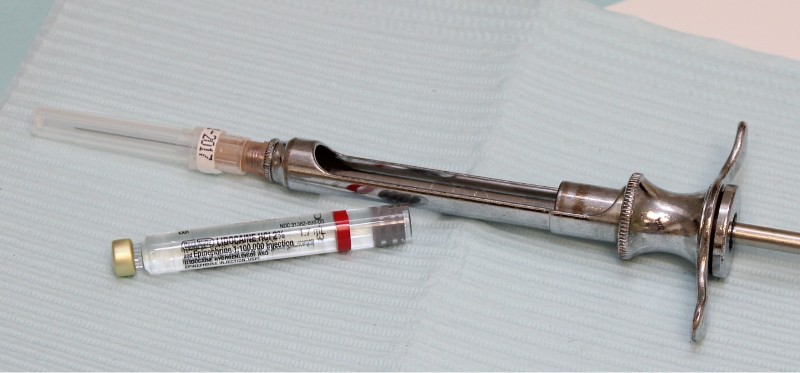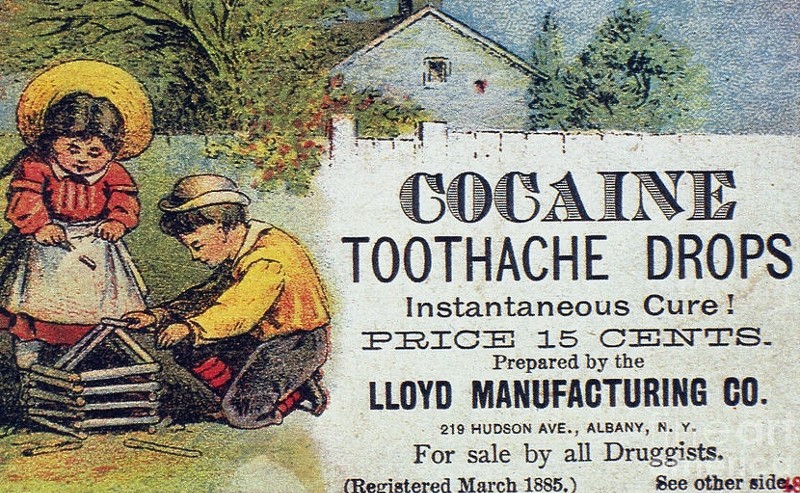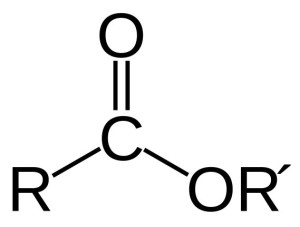This will be the first of a three part series covering the various types of allergies associated with dental local anesthetics (frequently referred to as “novocaine”). Why write this? Well, some of the most frequently used search terms that cause people to arrive at our site are some combination of “allergy” and “novocaine.”

Over 1 million injections of “novocaine” are administered in dental offices in the United States each year.
Over the years, we’ve observed that many of our own patients think they may be allergic to the local anesthetic used at the dentist. This is not surprising given that over 1 million local anesthetic injections are administered each year in dental offices in the United States. With this level of frequency, adverse events are bound to happen, some of which may be interpreted as allergies.
The three parts are:
The titles of the three parts may appear cryptic, weird, or just plain boring. But this is how it needs to be organized. We’ll start with a brief history of local anesthetics.
Cocaine and Procaine
Believe it or not, cocaine was the first local anesthetic used in dentistry. Cocaine was first used in a dental procedure as an injectable local anesthetic in 1884. While it was an effective anesthetic, there were unwanted side effects (euphoria, cardiovascular stimulation, addiction, etc.).

Yes, you could purchase cocaine legally back in 1885. And for only $.15
In 1905, another anesthetic was synthesized called procaine. It had all the anesthetic properties of cocaine but none of the undesirable side effects. Because of this, it was very quickly adopted, and a brand name version of procaine – novocaine – was launched. Novocaine was classified as an “ester type” anesthetic.
So What is an Ester?

The chemical symbol of an ester.
An ester is a term from organic chemistry that describes a specific part of a molecule. The diagram here is not that important.
The important concept is that cocaine, procaine (brand name novocaine), and many other dental local anesthetics are considered “ester type anesthetics.” They are given this name for two reasons. First, there’s the obvious reason: they all contain an ester group. The second reason is to differentiate them from another family of local anesthetics called “amide type anesthetics.”
Allergies to Ester Based Anesthetics
Now we actually get to what everyone wants to know. And that is to begin talking about allergic reactions to dental local anesthetics. We begin with ester based local anesthetics because at one point these were the only local anesthetics available. Read on:
- When ester based local anesthetics are injected into the body, they are metabolized into a chemical called para-aminobenzoic acid (also called PABA).
- PABA is known to cause allergic reactions in some people. So, back when novocaine was actually being commonly used (from 1905 to the mid 1950s), patients frequently experienced true novocaine allergies.
- Because of the documented allergic reactions to PABA – caused by injections of ester based local anesthetics – ester based injectable dental local anesthetics stop being used in the United States. Novocaine was last sold in the United States in 1982.
- What is used instead? You guessed it – amide type anesthetics.
- Ester based local anesthetics are only used in dentistry in the U.S. as topical anesthetics (also known as numbing jelly). The most common one is benzocaine.
So, to summarize, true novocaine allergies exist, but they do not occur anymore because novocaine is no longer used.
But what about allergies from other sources? What does a true allergy look like clinically? Those will be covered in parts 2 and 3.
